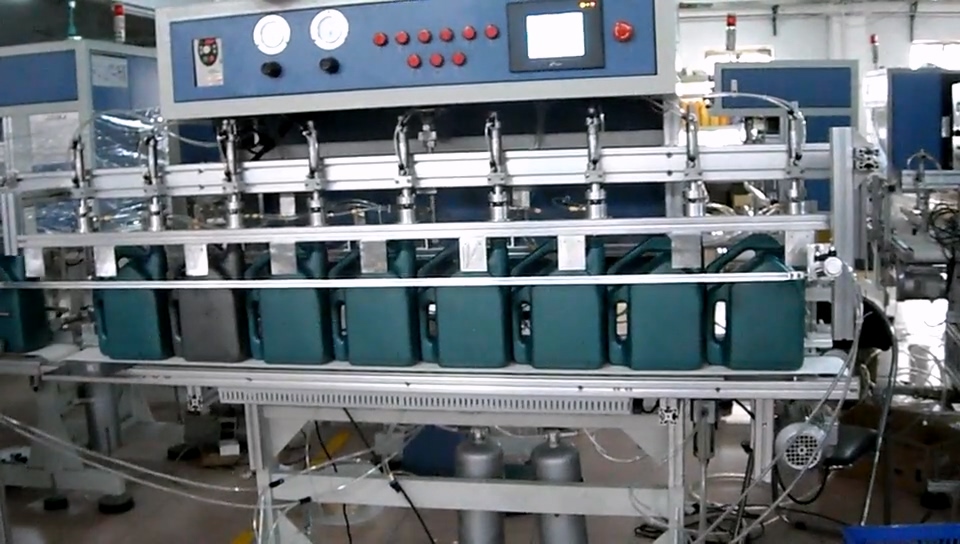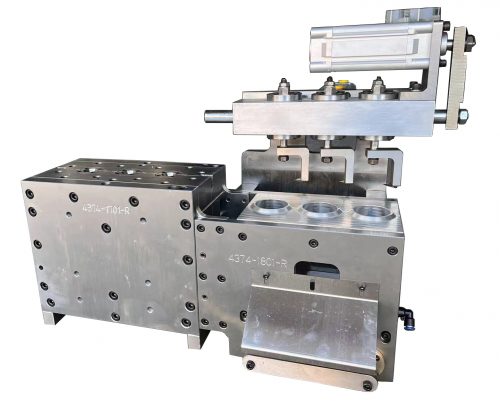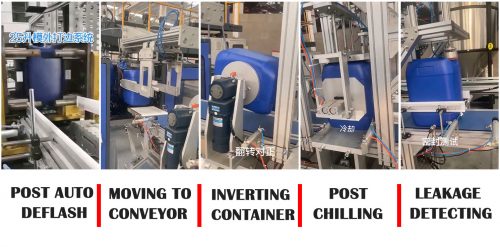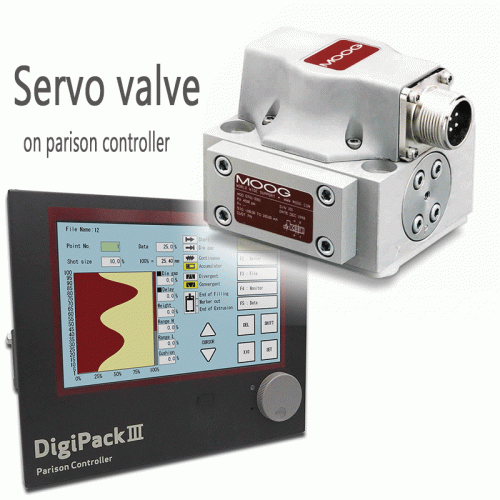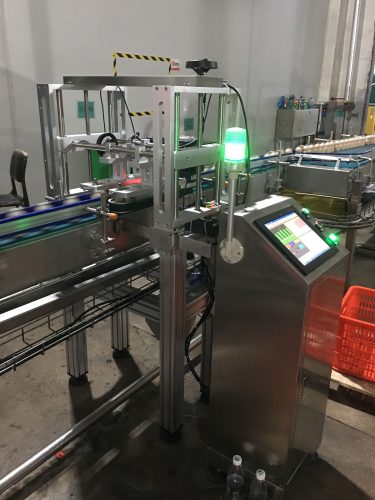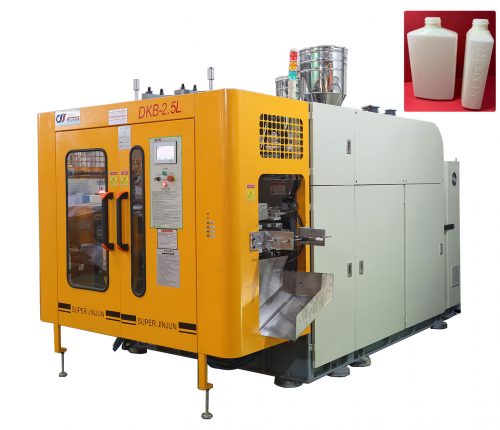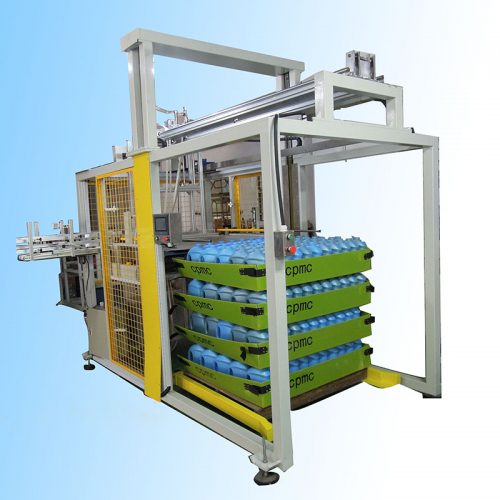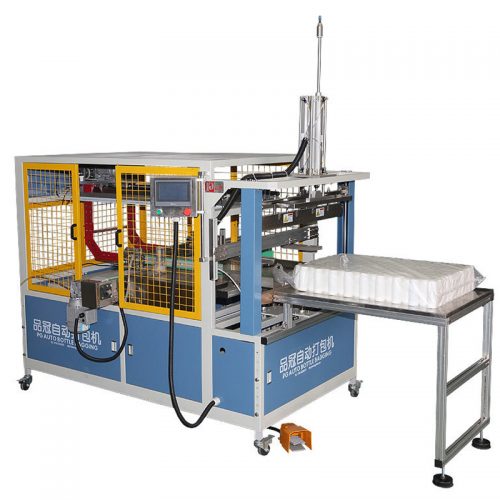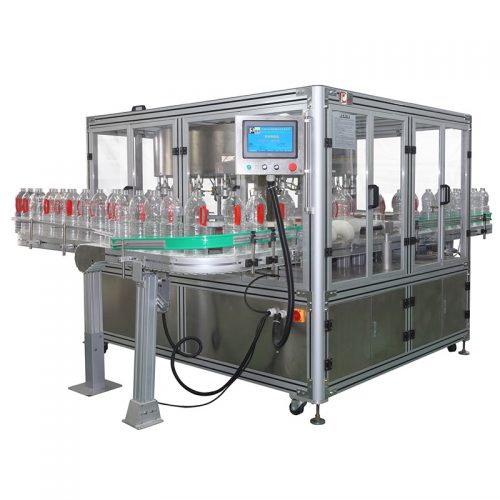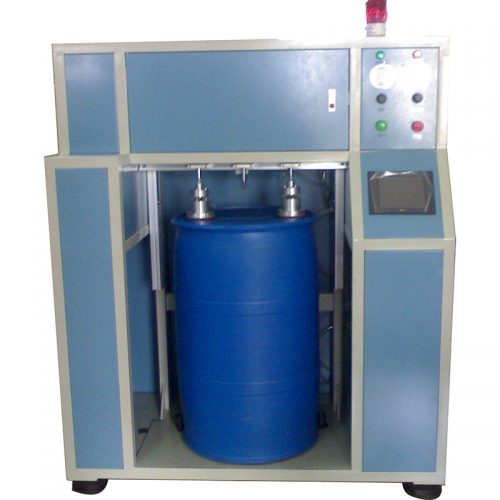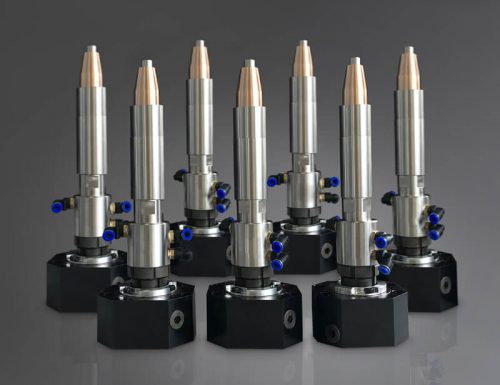PET Leak Testing for Bottles
cocked neck 7When producing plastic bottles and containers, it is important to utilize tests, such as leak testing, to ensure that certain quality control parameters are met before the bottle and the product are combined.
By introducing a pressure decay leak test procedure for PET bottles, manufacturing companies can guarantee a high-quality product, free of quality issues.
SUPER JINJUN has become a global leader in the leak testing of PET bottles, testing over 25 billion PET bottles annually. SUPERJINJUN has tested both One-Step Injection Stretch Blown and Two-Step Stretch Blown PET containers.
SUPER JINJUN can test a variety of bottles in different shapes, sizes, and at different production speeds. SUPERJINJUN’ wide array of machines can test containers produced as slowly as 10 bottles per minute, BPM, or as fast as 1200 BPM or 15000 BPH bottle production.
What is PET Bottle Leak Testing?
PET or polyethylene terephthalate is a polyester material that can be extruded or molded into numerous shapes including plastic bottles, food containers, and other consumer-based products. PET is super strong, yet lightweight, while providing an economical, non-reactive, shatterproof option for liquid, food, and consumable product transportation.
Functional leak test procedures for liquid bottles allow for the verification and functionality of every bottle that is produced by a facility. Testing also protects from random quality issues that sampling cannot always detect, monitors the overall blow molding process, protects inventory, and prevents costly returns.
Common PET Bottle Types
Most clear bottles are produced on high-speed PET blow molders. Common bottle types include carbonated soft drinks, water, sports drinks, juices, specialty beverages, ready-to-drink teas, dressings, sauces, food oils, wide mouth jars produced at high volumes, and cleaners, among others. The process is ideal for high speed and efficient production of clear containers with precise neck finishes.
Key Reasons for PET Bottle Leak Testing
group shot of bottle defects 6_wide angleLeak testing of PET bottles has evolved to become a best practice by providing the following benefits:
A functional test that verifies that each bottle will seal and hold pressure.
Detection of the most critical defects using the most straightforward method.
Protection from random quality issues through 100% total inspection.
Monitor the blow molding process. Typically, the leak tester is positioned as the first machine after the blow molder, to detect and alert operators quickly to initiate corrective action.
Protection of inventory and prevention of costly return
PET Bottle Leak Testing & Common Defect Types
There are a wide range of defect types that can be found within the mass scales of PET bottle production. Even the smallest defect can produce negative implications, which can result in a less than exceptional level of product quality. When performing a bottle leak test, we seek out the following types of defects:

Sealing related defects (short shots, nicks, cocked necks, etc.) – The SUPERJINJUN leak test provides a functional test of every seal surface, by sealing and pressure checking every container. SUPERJINJUN specifically uses the lowest test pressure in the industry, to enable low sealing forces and the ability to tune the seal surface inspection. Alternate probe seals (softer or harder) and probe designs (fixed, tilting, etc.) can be provided to ensure the integrity of the most critical sealing related defects for a given container.
Holes (gate leaks, gate cracks, contamination defects, mis-formed bottles) – Pressure-based leak testing will detect leakage regardless of its location or appearance. The most common weak points for small leaks in a PET container is the gate, which is the injection point on the bottom of the container. Leaks can occur anywhere in the bottle if there are material issues (e.g. contamination from recycled material) or process issues affecting the proper formation of the bottle.
Height and topload – Auxiliary inspections can be added to SUPERJINJUN leak testers to detect tall and short containers, and to verify that the container does not deform at a specific sealing force (topload).
